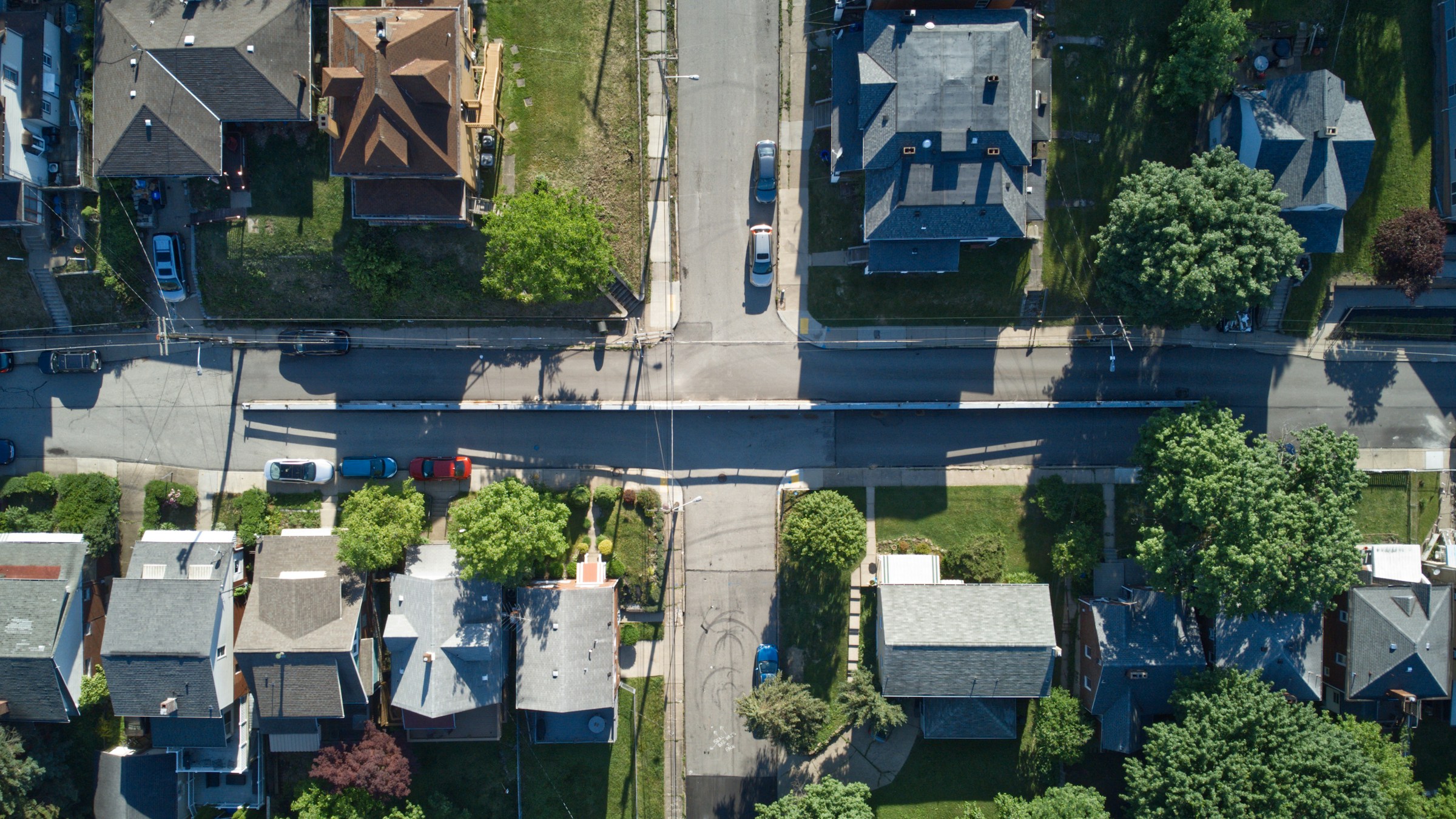What are the legal steps to resolve a neighbor's boundary dispute in the UK in 2023?

Given the increasing rate at which property-related disputes are emerging in the United Kingdom, boundary disputes with neighbours are not an exception. The complexities of these issues are often underestimated and, as a result, the parties involved are caught unprepared when these problems arise. This article will guide you through the legal steps to resolve a neighbour's boundary dispute in the UK in 2023.
Identifying the Exact Boundary
Often, discrepancies arise over where the exact property boundary lies. It's crucial to have a clear understanding of one's legal rights over their property.
A découvrir également : How to volunteer for the UK's 2023 wildlife rehabilitation programs?
First, it's recommended to check the property deeds. These documents provide the initial clue to where the boundaries lie. While older deeds may not be as precise, newer ones will often have a detailed plan.
Seeking professional help from a Chartered Land Surveyor is another course of action. These experts can offer precise measurements and maps to elaborate the boundaries. However, it's important to note their verdict does not hold legal standing. It merely provides a detailed account from a professional standpoint.
Cela peut vous intéresser : Farmingdale observer: fresh tips for home and garden care
Negotiation and Mediation
Engaging in a dispute can be a stressful experience. Thus, it's always advisable to try and resolve it amicably. Discussion and negotiation form the first step in resolving boundary disputes. Acknowledge your neighbour's viewpoint and try to reach a common ground.
If discussions don't lead to resolution, mediation can be the next step. Mediation involves an unbiased third party who helps both sides resolve their dispute without going to court. They can provide advice, facilitate communication and help devise a fair solution that benefits both parties.
A local Citizens Advice Bureau also offers free guidance and can help you in understanding your rights and obligations in the dispute.
Legal Advice and Representation
If negotiation and mediation fail to resolve the dispute, it may be time to seek legal advice. Solicitors specializing in property law can provide expert advice on your rights and potential outcomes if the case goes to court.
They can also represent you in court if the need arises. However, legal proceedings should be the last resort as they could be costly and time consuming. It's essential to weigh all factors and get a clear picture of what's at stake before proceeding legally.
Formal Court Proceedings
In some cases, the dispute may escalate to a point where court proceedings are inevitable. If it comes to this, both sides will present their cases and a judge will make a final decision.
Before initiating court proceedings, it's advisable to get a professional boundary survey done. This will provide the court with an objective assessment of the boundary lines. It's also crucial to gather all related documents, such as deeds, plans, photographs and any correspondence related to the dispute.
During the court proceedings, each party will present their case. The judge will then consider the evidence, hear witness testimonies, and make a decision.
If you're unsure about the court proceedings or need help, the local law centres offer free advice and can guide you through the process.
Post-Court Actions
The court's decision is final and both parties are obliged to abide by it. Non-compliance with the court's decision can result in legal penalties.
If the court rules in your favour, it's advisable to register the decision with the Land Registry. This will ensure any future disputes can be avoided or easily resolved.
In summary, resolving a neighbour's boundary dispute in the UK in 2023 involves identifying the boundary, negotiation and mediation, seeking legal advice if needed, court proceedings, and post-court actions. It's always advisable to keep communication open, try to resolve the dispute amicably, and seek professional help when needed.
Legal Action in Boundary Disputes
When negotiation, mediation, and legal advice have all been exhausted, it's time to consider legal action. This decision shouldn't be taken lightly, as it can be a long, complex, and costly process. However, if it becomes essential, understanding the process can make it less daunting.
Before initiating legal action, you should gather all the necessary evidence to support your case, which includes property deeds, boundary survey results, photographs, and any written communication regarding the dispute. A solicitor specializing in property law can assist in preparing your case to present in county court.
Your solicitor would issue a letter before action to your neighbour, outlining your claim and giving them a final chance to resolve the dispute before proceeding to court. If there is no satisfactory response, then your solicitor will commence the legal proceedings.
In court, both parties will present their arguments, and the county court judge will make a final decision based on the evidence. Note that, if you lose, you may be liable for your neighbour's costs as well as your own. It's crucial to have a clear understanding of the potential financial implications before beginning legal action.
Concluding a Boundary Dispute
After the court has made its decision, it's time to conclude the boundary dispute. Regardless of the outcome, both parties are legally obligated to abide by the court's ruling. Failure to do so can result in legal penalties.
If the court rules in your favour, you should register the decision with the Land Registry. This step is crucial as it updates the official record of the property boundaries, which can prevent future disputes and will be of importance to potential buyers.
The conclusion of the dispute can also be the time to mend fences with your neighbour. Maintaining good neighbour relationships is important for a harmonious living environment.
In conclusion, resolving a boundary dispute can be a lengthy and stressful process. However, it's crucial to remember that there are many steps you can take to try and resolve the dispute amicably before resorting to legal action. Always prioritize open communication, mediation, and professional advice before considering litigation.
